Santa Claus is a famous figure with red clothes and a big white beard, who once a year distributes Christmas presents to good children. But who is he really? We offer some facts about Santa Claus. For example, did you know that 'Santa Claus' originated from the saint St Nicholas, or that there are 13 Santas in Iceland?
Table of contents
Facts about Santa Claus
Today we offer 10 facts about Santa Claus that you (maybe) didn't know. At the same time, we take the opportunity to wish you a Merry Christmas!
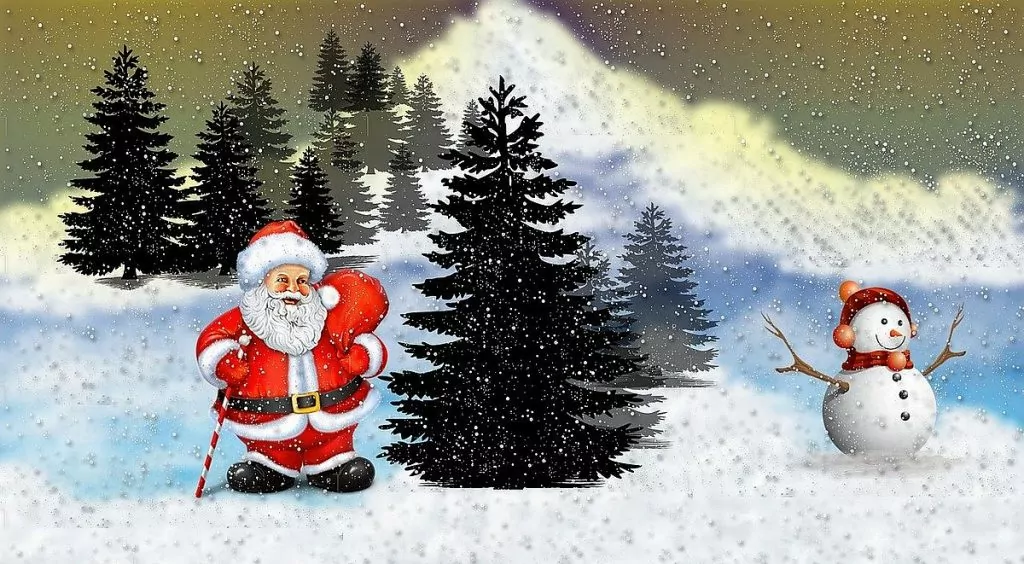
1. Odin may be a precursor to Santa Claus
In pagan times, Germanic cultures celebrated 'jól' at the time of the midwinter solstice. The celebration was linked to Odin, who was also called 'Jólnir'. Odin would sometimes ride across the sky, his white beard fluttering, and is considered by some to be the basis for today's Father Christmas.
2. "Santa Claus" comes from "Sinterklaas" in Holland.
When people from Holland moved to the Dutch colonies around the world, they brought with them the legend of the saint Sinterklaas (St Nicholas). St Nicholas is the patron saint of children, sailors, fishermen and the falsely accused, and is usually depicted wearing a red bishop's robe. The legend eventually reached the United States and the saint eventually evolved into Santa Claus.
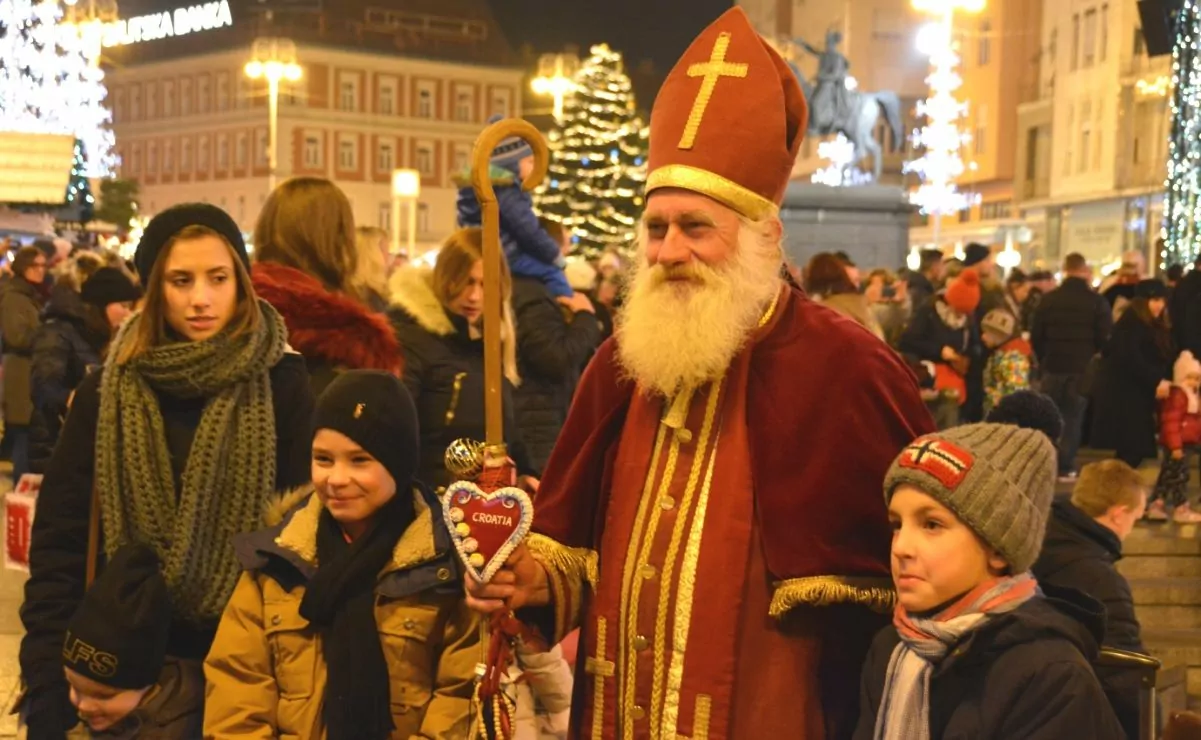
3. In the beginning, it was not Santa Claus who distributed the presents
Originally, it was not Santa Claus who distributed the presents, but the Christmas goat. The goat was influenced by the German character 'Krampus', who was depicted as a devil-like companion of the friendly St Nicholas. Someone would dress up as the goat, and in the 19th century it became popular among the middle classes for the goat to distribute Christmas presents. Later, when Santa Claus started delivering presents, the goat had to pull the sleigh instead.
4. The farm plot has contributed to the image of Santa Claus
The farm gnome is a small character with supernatural powers who, among other things, looks after the animals on a farm. The farm gnome often has a long beard and grey clothes, and it is important to treat him well. For example, you can give him a bowl of porridge to thank him for his work. The farm gnome is not originally a 'Santa Claus', but has contributed to the image of our Nordic Santa Claus.
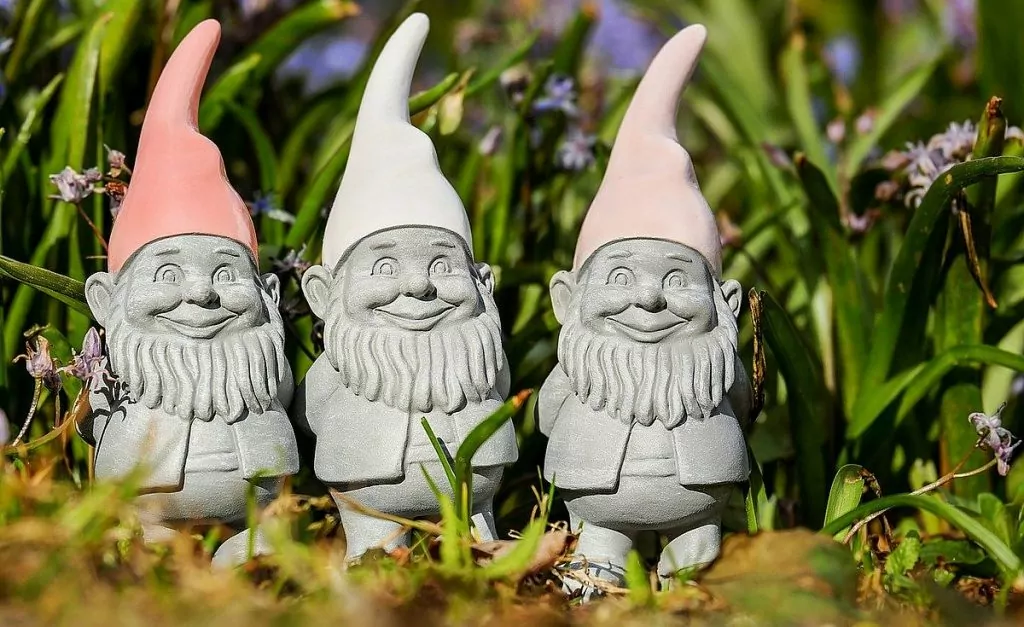
5. Viktor Rydberg and Jenny Nyström created a popular Santa Claus
Viktor Rydberg wrote Little Vigg's adventures on Christmas Eve (1871) and the poem plots (1881), both of which were illustrated by Jenny Nyström. Many loved the stories and images, which contributed to our Nordic conflation of the traditional farm gnome and Santa Claus. Many Nordic illustrators, authors and Christmas magazines then built on this image.
6. Today's Santa is a hybrid of different characters
Today's Santa Claus can be said to be a mixture of the Santa Claus created by Viktor Rydberg and Jenny Nyström based on the farm Santa - and the American Santa Claus, which has its origins in the saint St Nicholas. The American Santa Claus was created in the 19th century and was described as a cheerful, overweight man with a white beard, red nose and a sleigh pulled by eight horses. reindeer.
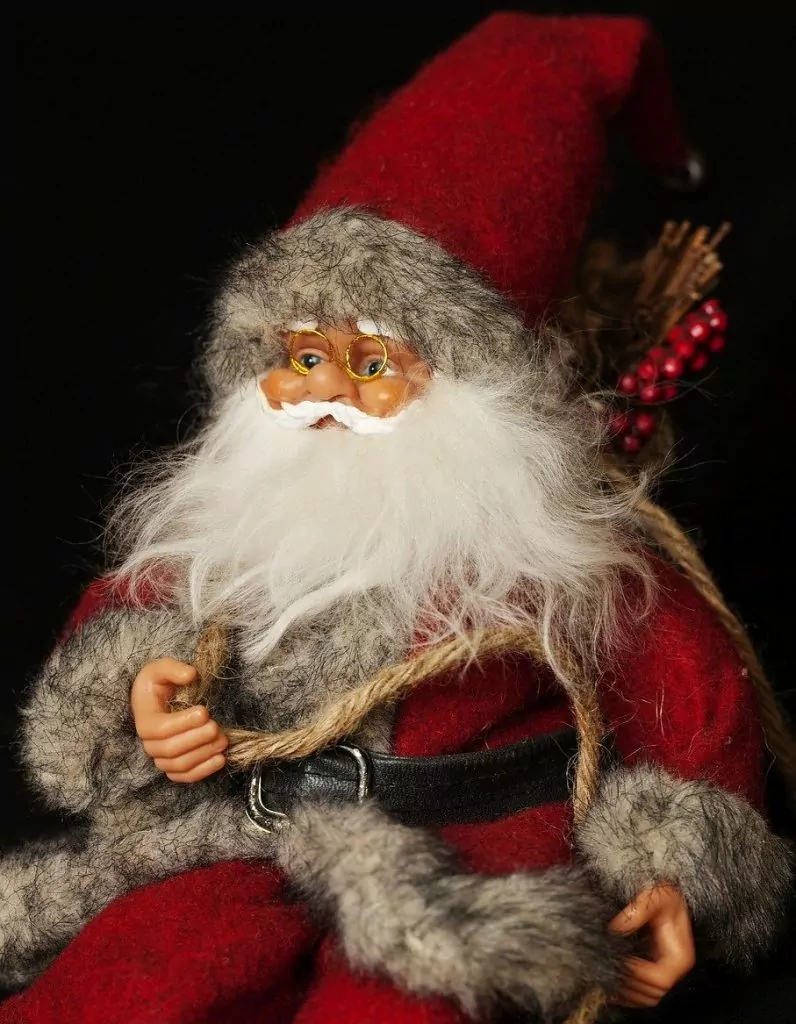
7. The Coca Cola cartoonist was of Swedish/Alandic origin.
The American Santa Claus we're used to seeing today was popularised in Coca Cola advertising in the 1930s, using images by cartoonist Haddon Sundblom, who was born in the US to a Swedish mother and an Ålandic father.
8. Santa Claus (maybe) lives in the North Pole, Greenland or Rovaniemi.
The American Santa Claus lives at the North Pole and the Danish one in Greenland. The Finnish-Swedish Santa Claus is believed to come from Korvatunturi, but has faced competition from tourist ventures in Rovaniemi. In 2007, the company Sweco argued that Santa Claus should live in Kyrgyzstan, as it would be optimal for Santa's logistics. In other words, it is a bit unclear where he lives. What do you think?
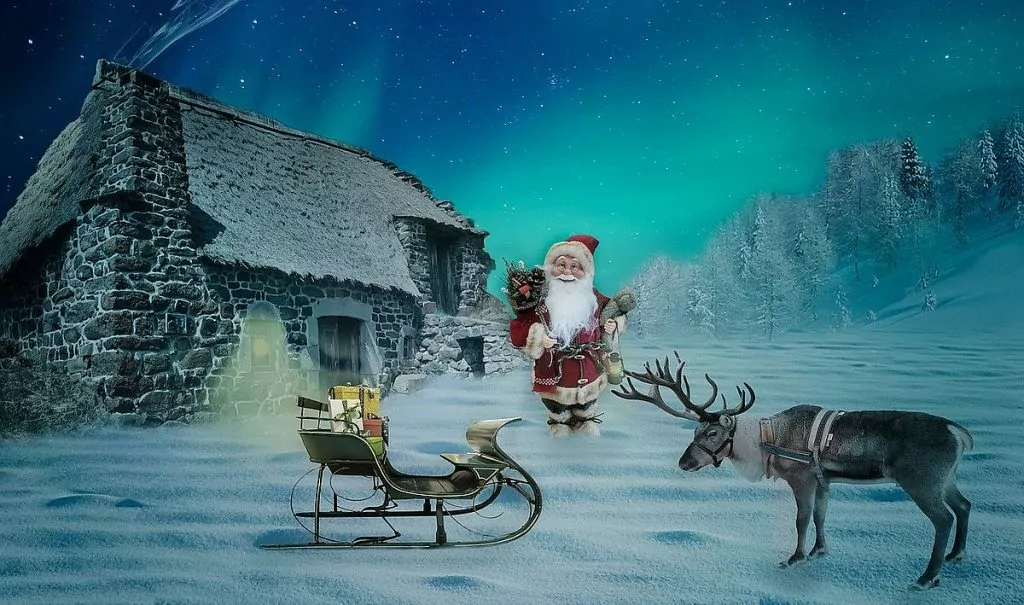
9. Santa Claus is called Julgubben in Finnish-Swedish.
In Finnish-Swedish, Santa Claus is often called "Julgubben" and Rudolph the Red-Nosed Reindeer is called Petteri.
10. There are 13 Santas in Iceland.
The Icelandic elves come down from the mountains before Christmas. The first of them (Stekkjastaur) arrives on 12 December. Then one comes every day until Christmas Eve. Then the elves disappear one by one and when they are all gone, 13 days after Christmas, a big bonfire is lit to celebrate their departure. The elves' parents are Gryla and Leppaludi, two evil goblins who eat disobedient children ...
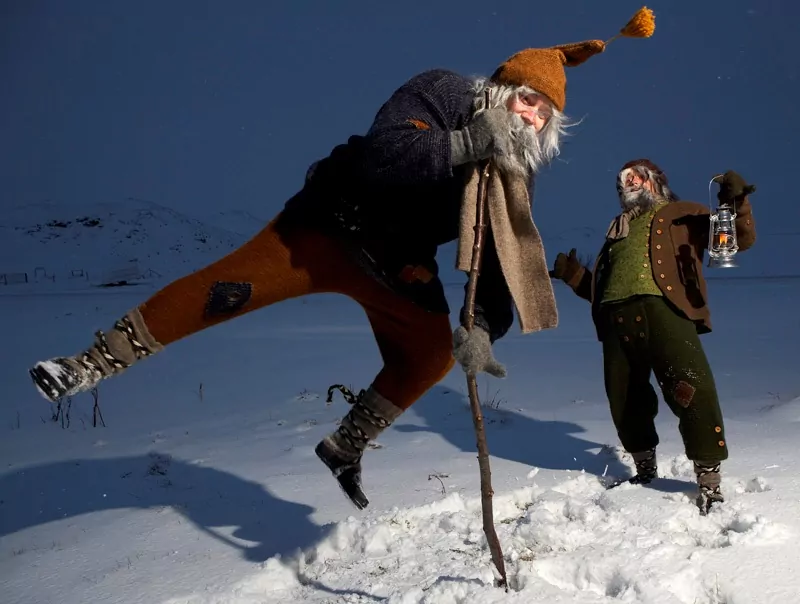
We wish all our readers and friends a Merry Christmas!


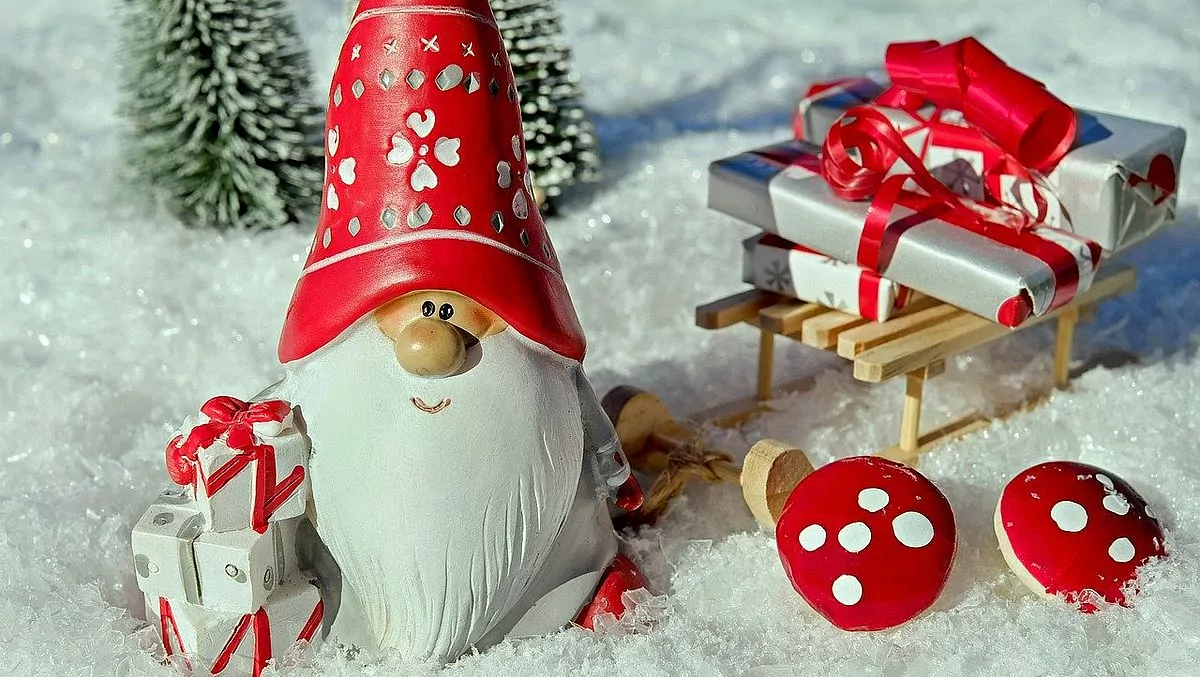







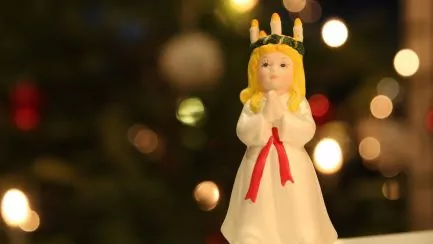
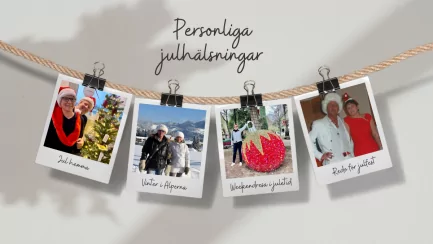
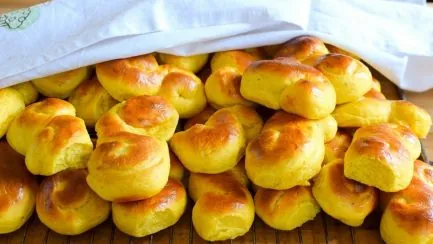




Mr Nils-Åke Hansson says:
Merry Christmas to you
24 December 2019 - 8:37
Helena says:
Thank you very much, wishing you a Merry Christmas!
24 December 2019 - 11:10
Kiwi fruit says:
Some believe in Santa Claus and Some don't believe in Santa Claus
I believe in Santa Claus 🎅🎄
07 December 2023 - 6:50
Ama de casa says:
Then there are those who claim that Santa Claus does not exist??? 😉 .
Have a great Christmas Eve and a Merry Christmas! 🙂
Hugs to you both
24 December 2019 - 9:40
Helena says:
Haha, right? Wishing you a very Merry Christmas!
24 December 2019 - 11:11
Ninny says:
Merry Christmas!
24 December 2019 - 11:13
Elisabeth says:
A Merry Christmas to you!
24 December 2019 - 12:48
Kiwi fruit says:
Christmas is the best
Wishing you a Merry Christmas 🎅🎅🎄🎄👍👍👍
07 December 2023 - 6:52
Ditte says:
Wishing you a very Merry Christmas! And we are now almost at Santa's house in Rovaniemi. But we cancelled a visit...
24 December 2019 - 12:49
Monica says:
Merry Christmas to you all
24 December 2019 - 16:33
BP says:
Wishing you also a very Merry Christmas!
PS. There was a lot I didn't recognise about gnomes. I'm not a big fan of either garden gnomes or Christmas gnomes, but it's fun to read different stories about them.
24 December 2019 - 16:56
Emma, sun like sun? says:
Imagine how much there is about a single person, so many variants, so different that then become the same - more or less. The funny thing is how similar it is to religion really. And you choose to believe or not.
Fascinating.
26 December 2019 - 12:18
Maria / MagnoliaMagis says:
Merry Christmas! We now live in the magic forest and there are many goblins here...;)
26 December 2019 - 14:18
Lena - good for the soul says:
Fun to read.
St Nicholas also exists in Germany, but is not depicted. He only exists as a patron saint, according to my in-laws. If we remember correctly, he comes on the night of 6 December and leaves presents for the children. The in-laws brought this tradition to Sweden for their children and grandchildren. So A has grown up receiving presents on the morning of the 6th.
Hug Lena
26 December 2019 - 18:23
Jnas says:
??????
26 November 2020 - 13:23
Isabel says:
Hello all viewers I just want to say have a Merry Christmas.
Wishing Isabel .
30 November 2021 - 7:29
Damir says:
Merry Christmas everyone and Happy New Year år♥️♥️
07 December 2021 - 13:41
Henry says:
Merry Christmas👌
20 December 2021 - 8:39
plots says:
Merry Christmas
13 December 2022 - 13:38
Alicia Mors says:
Hi I love Santa and I want to wish you all a Merry Christmas and a Happy New Year greetings Alicia
20 December 2023 - 9:00
Atle Rodendahl says:
The fact that Santa Claus is called "Julgubben" in Finnish-Swedish is a minor variation... In Ostrobothnia, for example, he is called Santa Claus. And Rudolf is still called Rudolf and nothing else. The deviations mentioned by you occur locally in southern Finland.
03 January 2024 - 15:40